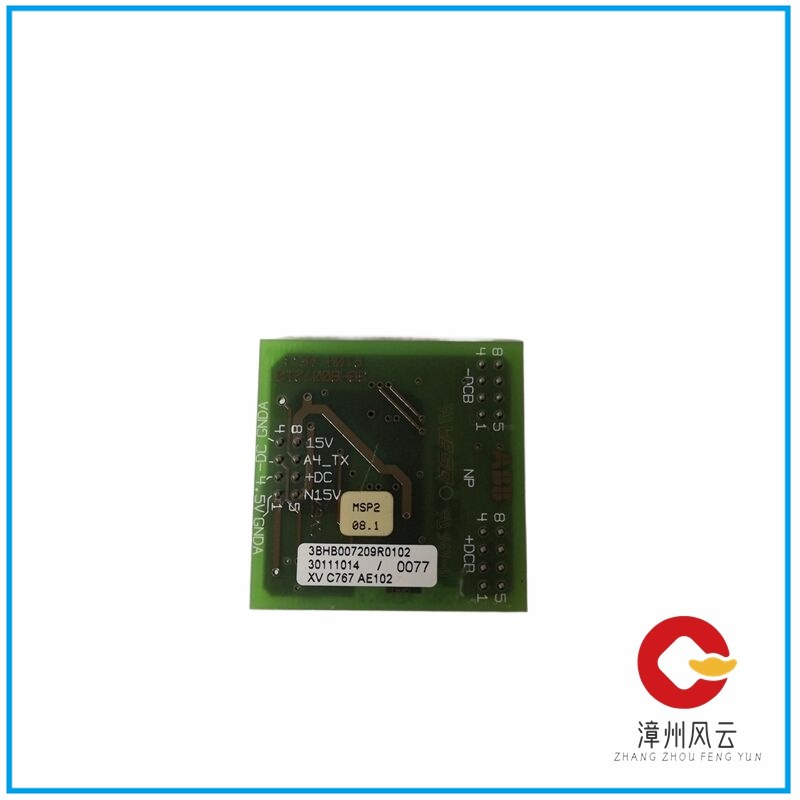
Project requirements:
A certain company’s supporting waste heat power generation project uses GE’s L30, G30, F650 and other line protection devices, generator protection devices, transformer and interval protection devices (hereinafter referred to as protection) for generator protection and waste heat power station. As the company uses Siemens PCS7 as the DCS system for the production line, it is required not to use an independent power station backend protection system. The electrical system information of the power station is merged into the DCS system to establish a backend
Implementation plan: Due to the use of MODBUS bus interface for protection by GE in the United States, and PROFIBUS bus interface for PCS7 by Siemens, in order to connect the protection system to the monitoring background, PB-B-MODBUS bus bridge is now used to establish monitoring between the background and protection
Technical architecture:
Hardware configuration (as shown in the figure)
Double click on the bus bridge icon, where you can set the baud rate and other information of the bus bridge. Generally, it defaults and does not need to be ignored
The status address of the device (bus bridge) we configured here is I54.0, and the control bit is Q25.0. At this time, compile the hardware configuration and download the hardware configuration.
To operate the device, it is necessary to write a program in CFC and create a CFC program named Modbus
The meaning is: If any condition of I100.5, I100.6, or I100.7 is met, set Q100.5 to 1 and force 1 to be given to Q100.0, Q100.1, Q100.2;
After writing the program, compile CFC, download the program, and the TX/RX indicator lights on the bus bridge should flash regularly. The general frequency is that the TX light flashes three times and the RX light flashes once.
The settings for each device in the STEP 7 hardware configuration are shown in the screenshot below: